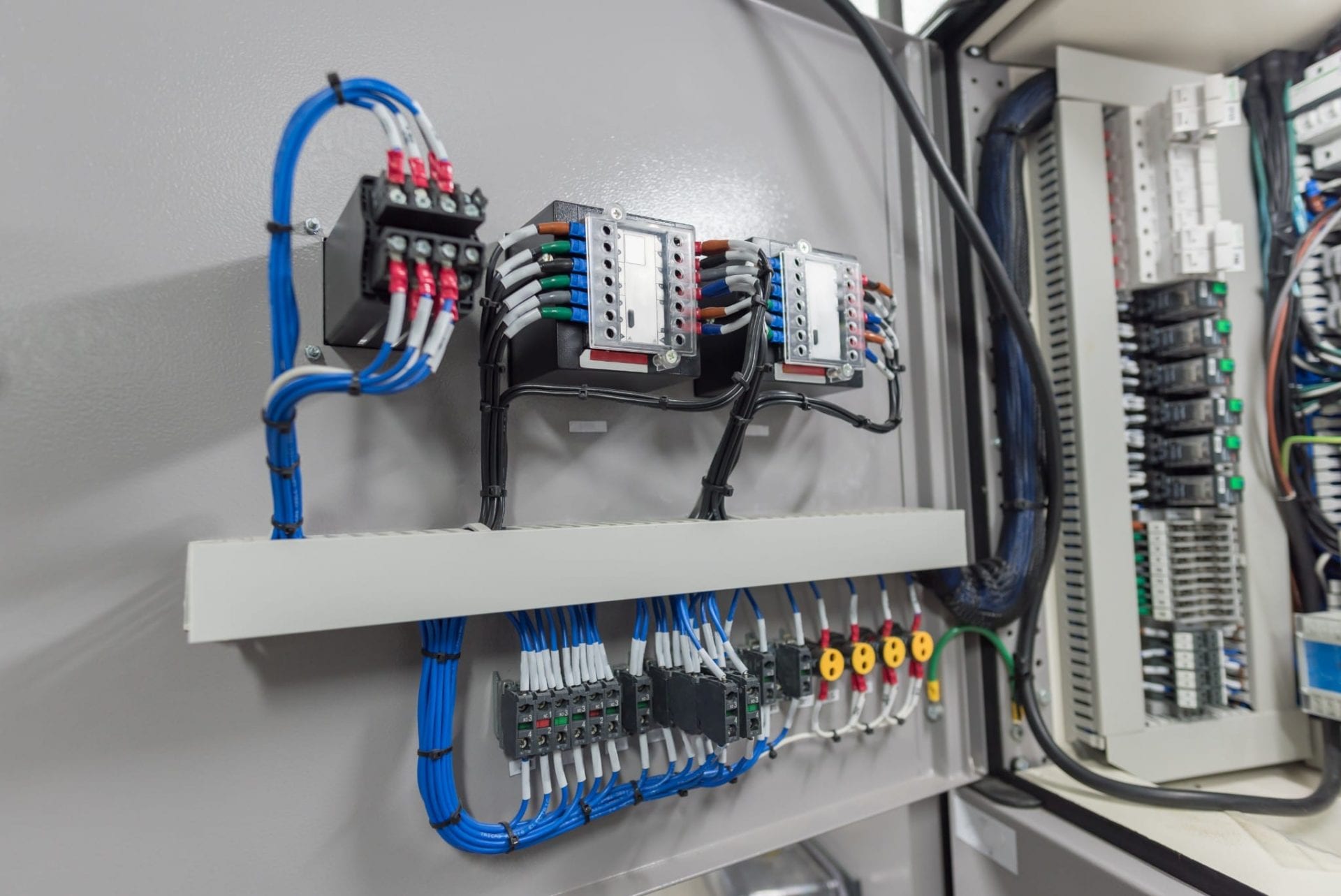The Fundamentals of Electrical Wiring: A Novice's Guide

The electrical wiring is an essential component of any home, and knowing it is crucial for each homeowner. It is not just important in ensuring the proper running of your house, but it is also critical for your security. In this post, we’ll go over the fundamentals of electrical wiring as well as the importance of security and the advantages of hiring an authorized residential electrician for all electrical wiring needs.
Understanding the fundamentals of electrical wiring
The electrical wiring refers to the network of electrical conductors that run through your house, delivering electrical power to your appliances as well as lighting fixtures. It works by forming electrical circuits that connect your power source with your gadgets. Electrical circuits consist of switches, wires as well as other components of electricity that work to form a secure and efficient electrical system. There are different types of electrical wiring. These include aluminum, copper, and different types of wire insulation, like PVC, rubber, or paper.
Planning and Preparation for Electrical Wiring
When installing new electrical wiring, there are a variety of factors to consider, including the kind of wiring you need, the capacity of your electrical system, and your power needs. Additionally, it is important to be aware of electrical wire regulations as well as permits needed in your area. To prepare your electrical wiring system, create an electrical plan, and then assess your electrical needs. This will help make sure that the electrical wiring is safe efficient, reliable, and meets your power needs.
Materials and tools required to conduct electrical wiring
When installing new electrical wiring it is important to have the proper tools and materials available. Tools that are essential include strippers, wire cutters, pliers, and an electrical voltage tester. Other items required for electrical wiring include wire nuts, electrical tape, conduit, and electrical boxes. It’s also useful to have a wiring diagram to help you with the installation process.
Step-by-Step Instructions for Installation of Electrical Wiring
Installation of electrical wiring can be an intimidating process, but with the right equipment and the right knowledge, it can be done quickly and safely. This is a step-by-step guide to installing electrical wiring at home:
Turn off the power to the location where you’ll be working.
Create a wiring plan and mark where the wiring will be installed.
Install electrical boxes and conduit when needed.
Cut and strip the wires to the correct length.
Make sure you connect the cables to your devices or fixtures you’re wiring.
Make sure the wires are secured with wiring nuts, electrical tape, or conduit straps.
Test the wiring to ensure that it’s working properly.
During the installation process, it is important to follow wiring installation best techniques and guidelines. Be aware of the common mistakes to avoid when installing electrical wiring like wiring circuits that are too large, using damaged wires as well as using the wrong type of wire.
Troubleshooting Electrical Wiring Issues
Even with careful design as well as installation problems may arise. Common problems include wiring damages, circuit overloads and electrical shorts. To resolve these issues, it is important to know about the most common electrical wiring problems and understand how to efficiently and safely solve them. In addition, it is essential to follow electrical safety procedures when attempting to solve electrical wiring problems like shutting off the power and wearing safety gear.
Conclusion
Understanding the electrical wiring in your home is crucial for your safety and for the proper functioning of your electrical system. It is essential to employ a licensed electrician to make sure your wiring is set up and maintained properly. In Local Electrician Melbourne, we provide an array of electrical services that include electrical wiring installation and repair. Reach out to Local Electrician Melbourne at 1300 717 208 for all of your electrical wiring needs.
Electrical Wiring FAQ
Here are some frequently asked questions regarding electrical wiring, along with extra safety advice and best techniques for electrical wiring repair and installation:
What type of wire should I choose for my electrical wiring?
The type of wire you should use for your electrical wiring depends on your specific needs and the local building code. It is important to use the right gauge for your wire along with the insulation type, as well as wire material to ensure safety and efficiency for your wiring system.
Do I have to install myself my own wiring for electrical use?
While it is possible to create an electrical wire yourself it is essential to have the proper knowledge and experience to install it in a safe and efficient manner. In the majority of cases it is recommended that you engage an experienced electrician to ensure your wiring is properly installed and maintained in a safe and secure manner.
How often should I have my electrical wiring inspected?
It is suggested to examine your electrical wiring at least every 10 years, or when you notice indications of electrical issues for example, frequent trips to the circuit breaker or electrical shocks.
What should I do if discover electrical wiring issues within my home?
If you notice any electrical wiring problems in your home, like flickering lighting or outlets that do not work, it’s crucial to take action immediately. Turn off the power to the affected area and contact a licensed electrician to evaluate and repair the issue.
By following these suggestions and best practices, you can make sure you have electrical connections that are safe and operating correctly. Make sure you are taking safety into consideration and seek out a licensed electrician whenever you need to. Contact Local Electrician Melbourne at 1300 717 208 for all your electrical wiring needs.
